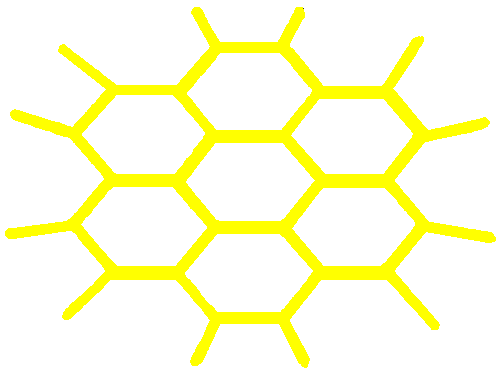- Put adjusting valves to the banks on the inside where possible.
- With this type of evacuated tubes, the panels must be tipped to change a tube.
- Needed temperature sensors in each bank to be able to regulate the valves properly.
- Needed air vents at the high points of the plumbing.
- Use second layer of rubber on bottom of tank to protect main layer from damage.
- Dust from road gets onto the tubes so they need to be cleaned.
- To access enough heat in the summer we need to tip the panels towards the sun. Panels should be able to tip depending on heat requirements and whether brushing off snow.
- Panels should have been higher off the ground.
- Don’t chintz with insulation. If you are going to go to the expense of insulating your house, insulate with a couple of layers instead of just one.
- Solar heating or hydronic (infloor) heating requires you to think differently. You don’t manage the heat by turning up the thermostat and expecting instant heat.
- Thermal bridging makes it so the building is not insulated to the R value of the insulation.
- Our first heat sink should be the floor instead of the tanks. With hydronic heating a storage tank may not be necessary.
- Piping that is outside should be in the open as much as possible so that it’s easy to insulate. Ie. On the back side of the posts.
- For the bank valves that are outside, use either auto valves related to temperature or else long control shaft valves so they can be adjusted without disturbing insulation and cladding.
- Look at potential of using spray foam insulation for insulating pipes.
- Need to investigate using flexible copper or steel so that there are not as many fittings.
- Investigate price of flexible insulated pipe (EasyFlex) so fewer fittings and less time to insulate.
- Snow more likely to fall off on vertical panels and light should reflect off the snow on the ground as well.
- Install a waste heat recovery system.
- Put several drains in basement, not just one so that if water problems the water can drain away.
- Investigate building into a hill – some berm construction.
- Orient the building to make the most of passive solar heating.
- Put windows on the south side, some with trombe walls as heat sinks.
- Consider using a masonary stove as both a heat sink and backup.
- Use a lagoon rather than a septic tank if possible.
- Keep designs simple and logical.
- Limit windows on north, west and east side of building to control unwanted heating and cooling.
- Insulate to the max. Walls, attic, under and around foundation.
- Build to the size of actual requirements. Reconsider and build smaller.
- Ensure thermal bridging is kept to a minimum.
- Use Structural Insulated Panels (SIP) if economical.
- Hydronic heating installed even if using it isn’t planned right now.
- Use roll shutters to cover windows.
- Install heat recovery ventilation system.
- Install solar panels to provide hot water.
- Consider using Plasti-Fabs foundation molds.
